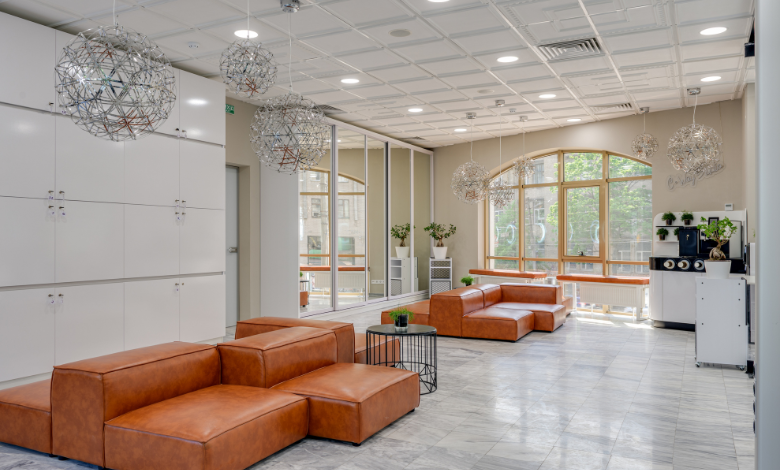Tile Ceiling Tile Art Prisoner B-34897

Art has continually been a powerful form of expression, particularly in environments wherein freedom is restricted. The tale of “Prisoner B-34897” and the artwork created within the confines of jail walls is a splendid example of ways creativity can flourish even within the darkest of locations. This article delves into the importance of tile ceiling tile art created via prisoner B-34897, exploring its origins, impact, and legacy.
The Origins of Tile Ceiling Tile Art
The Concept of Tile Ceiling Tile Art
Tile ceiling tile artwork is an innovative method in which artists use ceiling tiles as canvases for their paintings. These tiles, regularly discovered in institutional settings like colleges, hospitals, and prisons, provide a unique surface for artistic expression. In the case of prisoner B-34897, those tiles became a medium to convey messages of wish, depression, and resistance.
The Story of Prisoner B-34897
Prisoner B-34897’s identity stays shrouded in mystery, however their artwork has left an indelible mark on the jail artwork motion. Serving a prolonged sentence, B-34897 turned to artwork as a way to address the cruel realities of incarceration. The ceiling tiles have become a canvas for his or her thoughts, emotions, and reports, reworking the sterile environment of the jail into a area packed with non-public expression.
The Artistic Process
Materials and Techniques
Creating artwork on ceiling tiles calls for ingenuity and resourcefulness, specially in a prison placing wherein access to substances is constrained. Prisoner B-34897 used whatever they might locate—pencils, ink, paint, and even makeshift brushes—to convey their visions to lifestyles. The tiles, often grey and nondescript, have been transformed into colourful portions of artwork that told stories of existence in the back of bars.
Themes and Motifs
The artwork of prisoner B-34897 frequently revolved round topics of confinement, freedom, and identification. Many of the tiles depicted scenes of nature, representing the out of doors international that changed into out of reach. Other tiles featured abstract designs, symbols, and text that conveyed the psychological impact of imprisonment. Each tile became a window into the mind of the artist, providing a glimpse in their internal world.
The Impact of Tile Ceiling Tile Art
Inspiring Fellow Inmates
The art created by using prisoner B-34897 did no longer pass ignored with the aid of fellow inmates. The tiles, displayed on the prison ceiling, became a supply of suggestion and a reminder that creativity could thrive even within the maximum oppressive environments. For many, the art become a shape of resistance—a way to reclaim a sense of identity and humanity in a dehumanizing placing.
Challenging Perceptions of Prison Art
The paintings of prisoner B-34897 demanding situations conventional perceptions of prison artwork. Often disregarded as mere graffiti or vandalism, the tiles created by using B-34897 display the profound emotional and psychological intensity that may be done thru artwork, even in jail. This artwork shape transcends its surroundings, supplying a powerful statement at the human circumstance.
The Legacy of Prisoner B-34897
Preserving the Art
Efforts were made to maintain the art of prisoner B-34897, recognizing its cultural and historic importance. Some of the tiles have been eliminated and displayed in galleries, even as others continue to be within the prison, continuing to inspire new generations of inmates. The legacy of B-34897’s art lives on, serving as a testament to the enduring electricity of creativity.
Influence on Prison Art Movements
The paintings of prisoner B-34897 has inspired jail artwork actions round the sector. Artists in similar conditions have drawn notion from B-34897’s use of unconventional materials and the effective subject matters explored in their work. This have an effect on extends beyond prison walls, impacting how society perspectives artwork created in confinement.
Conclusion
The tile ceiling tile artwork of prisoner B-34897 is more than just a series of pix on a ceiling; it’s miles a profound expression of the human spirit’s resilience. Through their artwork, B-34897 discovered a way to communicate their thoughts, emotions, and reports, leaving at the back of a legacy that keeps to encourage and challenge our perceptions of art and imprisonment. The tale of prisoner B-34897 reminds us that creativity can flourish even in the most not likely places, providing hope and a feel of freedom to individuals who need it most.





